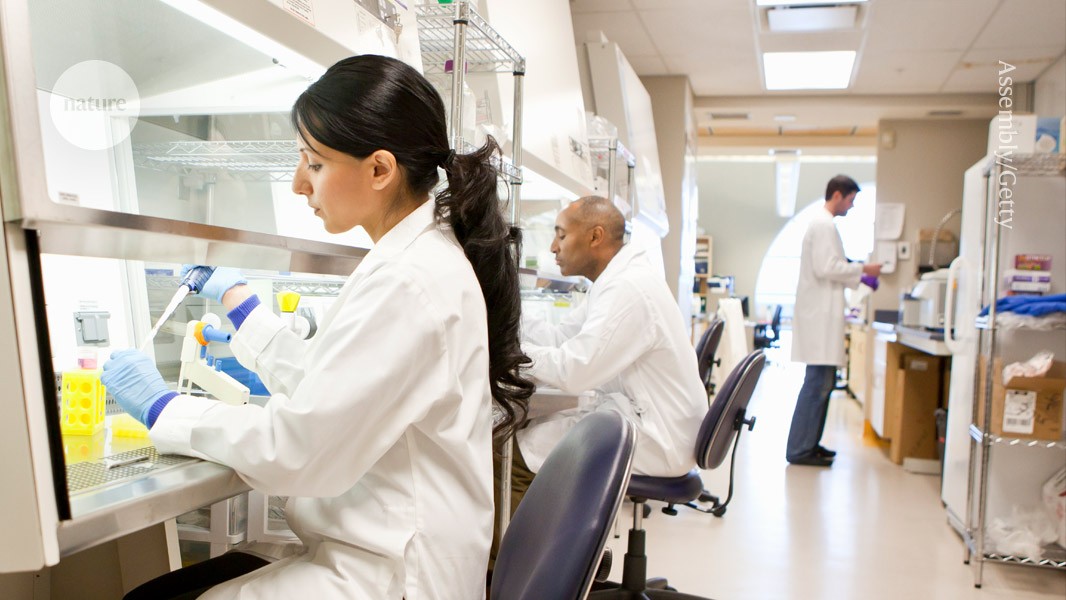
First-Ever Transplant of Pig Liver Into Human Marks Milestone in Organ Science
gizmodo.com
By Ed Cara Published March 26, 2025 | Comments (0) | Scientists have successfully transplanted gene-edited pig kidneys, hearts, and now livers into the human body. l i g h t p o e t via Shutterstock Weve reached a new frontier in organ transplantation. In a medical first, scientists announced this week that they successfully kept a genetically modified pig liver functioning inside a human bodyat least for a short while. Researchers in China detailed their groundbreaking accomplishment in a study published today in Nature. They transplanted the liver into a brain-dead recipient, where it was able to survive and even perform some basic functions for over a week. The findings are the latest to suggest that animal-to-human transplantation, or xenotransplantation, can someday become a viable option for the many people in need of donated organs. There are over 100,000 Americans currently on the waiting list for an organ, with a new person added every eight minutes. Yet only 48,000 transplants take place annually, creating a significant shortfall. Its estimated that 17 people die every day waiting on the transplant list. Scientists have been exploring various ways to extend the pool of available organs or to lengthen peoples survival while waiting for one, such as artificial devices or xenotransplantation. But its only recently that the latter has emerged as a feasible reality, thanks to advances in gene-editing technology. These advances have made it possible for scientists to create pigs with organs that are more compatible with human biology, thus reducing the chances of rejection. One common edit, for instance, removes a pigs ability to produce alpha-gal, a sugar that the human body doesnt make. As with other early tests of xenotransplantation, the researchers performed the procedure on a brain-dead recipient whose family agreed to help. They transplanted a liver from a Bama miniature piga breed thats commonly used in researchthat had six gene edits, while the recipient was given immune-suppressing drugs to prevent rejection. They monitored both recipient and organ for 10 days, terminating the study at the familys request.Things appeared to go smoothly during the experiment. The researchers, including a team from Xijing Hospital at Fourth Military Medical University, found no signs of immediate rejection, while the liver remained functional through the entire 10 days. Within two hours of the transplantation, it began to produce bile and maintained acceptable blood flow. Last year, researchers at the University of Pennsylvania reported that they successfully attached a donor pig liver to a brain-dead recipient via a machine outside the body, keeping the organ alive for three days. But the researchers note that theirs is the first peer-reviewed study to document the bona fide transplantation of a gene-edited pig liver into a person. Its a great achievement, said study researcher Lin Wang at a press conference held on Tuesday. That said, were still far from seeing pig-derived livers and other organs becoming commonplace. In recent years, scientists have begun to transplant pig kidneys and hearts as a last resort treatment for otherwise terminally ill recipients. But only two recipients are still alive, with 53-year-old Towana Looney currently being the longest-living recipient at roughly four months (she received a pig kidney transplant in late November 2024). Larger clinical trials are expected to start very soon, but even if successful, outside scientists have cautioned that it may take a long time before animal-derived organs can approach the survivability of human donated organs.Still, xenotransplantation could become an important option even before that lofty goal is achieved. The scientists note that the recipients own liver remained intact the entire time. So its possible that gene-edited pig organs could be used as a sort of bridging therapy for people on the transplant waiting list or for people whose organs need time to recover before becoming functional again.Daily NewsletterYou May Also Like By Ed Cara Published March 20, 2025 By Ed Cara Published March 15, 2025 By Ed Cara Published March 10, 2025 By Ed Cara Published March 5, 2025 By Ed Cara Published February 27, 2025 By Margherita Bassi Published February 15, 2025
0 Commentarios
·0 Acciones
·75 Views











